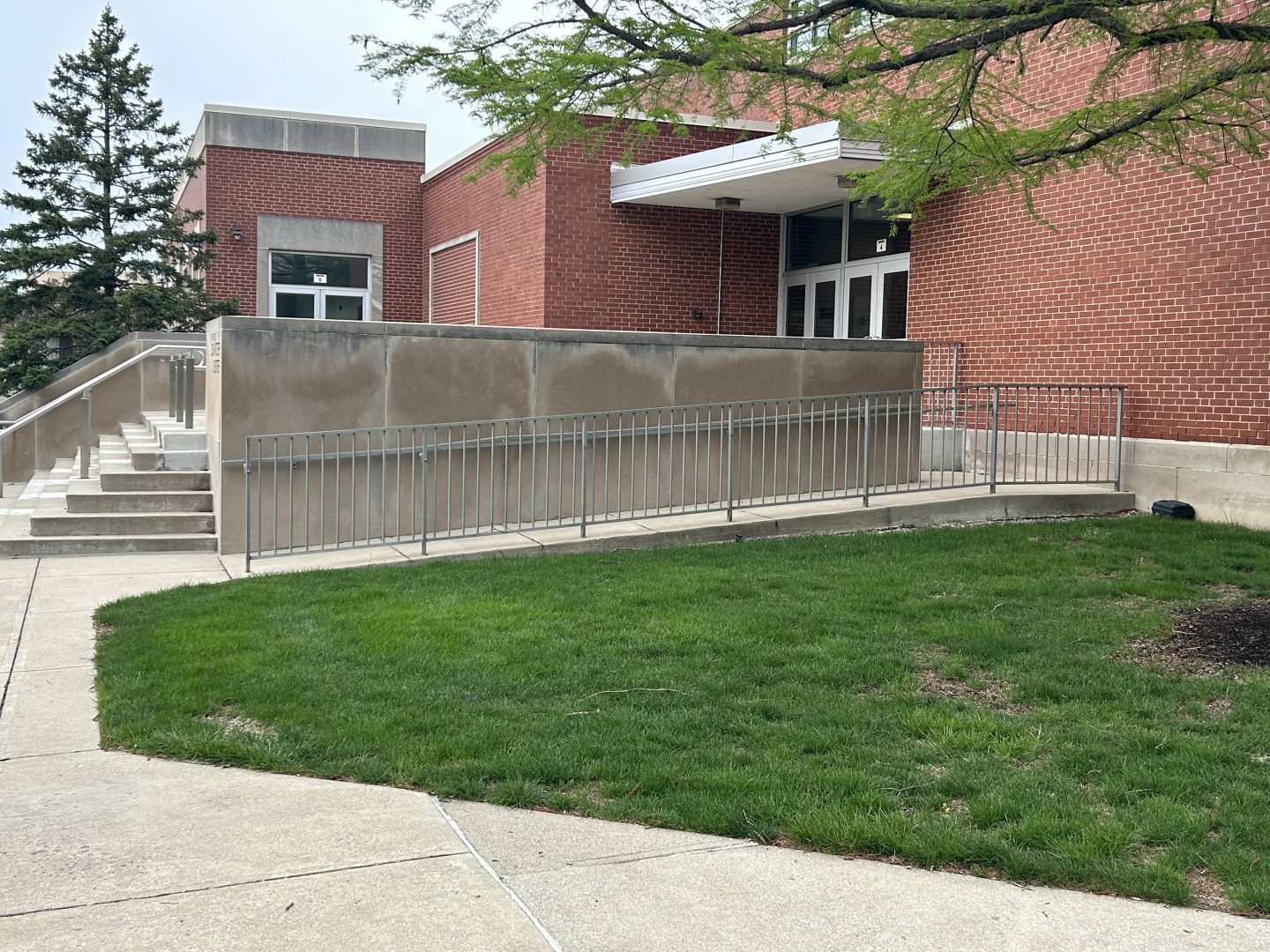The Reflector published an article on April 21, 2010 titled “Wheelchair friendly?” The article goes in depth about the parts of campus that meet the accessibility requirement as well as places that could use some work when it comes to accessibility. They used student examples as well as an interview with Executive Director of Student Development Debbie Spinney, who discussed the accessibility around campus in 2010. Although, how many things have really changed since the 2010 article was released and what needs to still be changed?
According to the UIndy website, there is an accessibility map that explains if the building has automatic doors and which buildings do not have them. There are a total of six buildings that do not have automatic doors, those being University Lofts, Warren Hall, Cravens Hall, Crowe Hall, Athletic Development house and the Campus Police station. Warren also does not have a ramp and is not considered wheelchair accessible either. Out of the ten residence hall options, four of them do not have automatic doors.
In an article written in 2021 by former Editor-in-Chief Jacob Walton titled “Accessibility issues at UIndy,” Spinney said, “Over the years, we have tried to put automatic doors. Those are not required by law. So what’s accessible is that the door opening is wide enough for a wheelchair.” There is an automatic door for every building that has a ramp, but what about the ones that house people with disabilities and have neither a ramp or an automatic door? According to the Americans with Disabilities Act (ADA), “Although automatic doors can provide greater accessibility, they are not required by the ADA standards.”
In the 2021 Reflector article by Walton, a student said that “As a sports management major, I spend a lot of time in Ruth Lilly. I wish it had an automatic door.” Since this article, there has been one automatic door added to Ruth Lilly at the end of the ramp. Also, within that article a student states that, “So if I have a class in a building, and I use all of the strength and energy that I have to go up the stairs, because another method is not available, like an elevator, that means that in class, I’m in pain.” Ensuring that all the elevators work and that the ramps are available would be a good way to make sure that buildings are accessible for everyone.
According to the 2010 Reflector article, ramps were not clearly marked, which caused safety concerns for some students. Since then there has been no marking of ramps around campus at all, which can be one thing they can add to ensure people do not have the potential of getting injured. As for accommodations and accessibility for students with disabilities, accommodations for students are still case-by-case for student’s needs, strengths and goals, according to the university’s website, which is the same as it was in the past.




